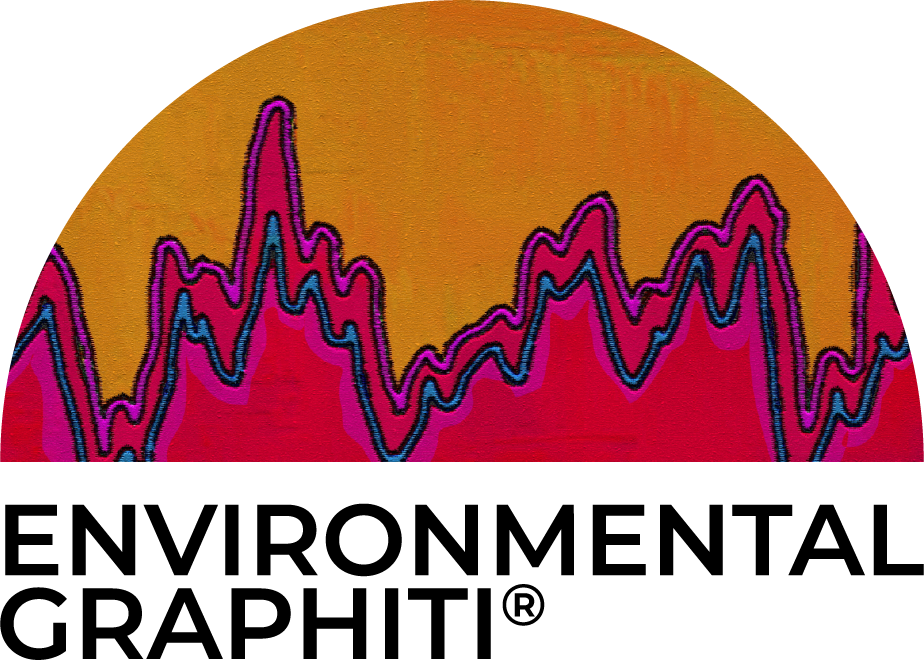Varying Effectiveness of Mitigation and Adaptation Strategies
The Art
The Graph
“There are feasible and effective adaptation options which can reduce risks to people and nature. The feasibility of implementing adaptation options in the near-term differs across sectors and regions ... The effectiveness of adaptation to reduce climate risk is documented for specific contexts, sectors and regions … and will decrease with increasing warming …. Integrated, multi-sectoral solutions that address social inequities, differentiate responses based on climate risk and cut across systems, increase the feasibility and effectiveness of adaptation in multiple sectors ….*
The above graph [Summary for Policy Makers -Figure SPM.4] addresses | “…Climate responses and adaptation options, organized by System Transitions and Representative Key Risks, are assessed at global scale for their likely ability to reduce risks for ecosystems and social groups at risk, as well as their relation with the 17 Sustainable Development Goals (SDGs). [United Nations Sustainability Goals].. Climate responses and adaptation options are assessed for observed benefits (+) to ecosystems and their services, ethnic groups, gender equity, and low-income groups, or observed dis-benefits (-) for these systems and groups. Where there is highly diverging evidence of benefits/ dis-benefits across the scientific literature, e.g., based on differences between regions, it is shown as not clear or mixed (•). Insufficient evidence is shown by a dash. The relation with the SDGs is assessed as having benefits (+), disbenefits (-) or not clear or mixed (•) based on the impacts of the climate response and adaptation option on each SDG. Areas not coloured indicate there is no evidence of a relation or no interaction with the respective SDG. ..”*
Climate Change 2022: Impacts, Adaptation and Vulnerability. Working Group II Contribution to the IPCC Sixth Assessment Report, Summary for Policy Makers * [footnotes omitted]


















